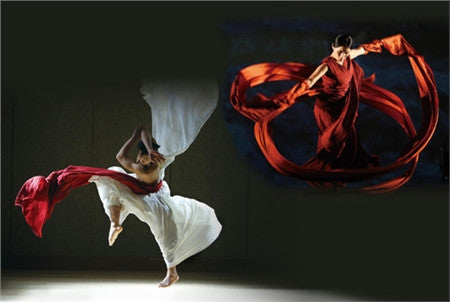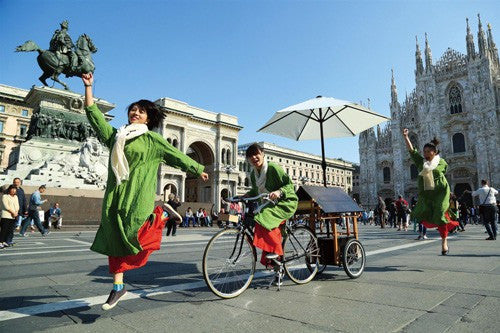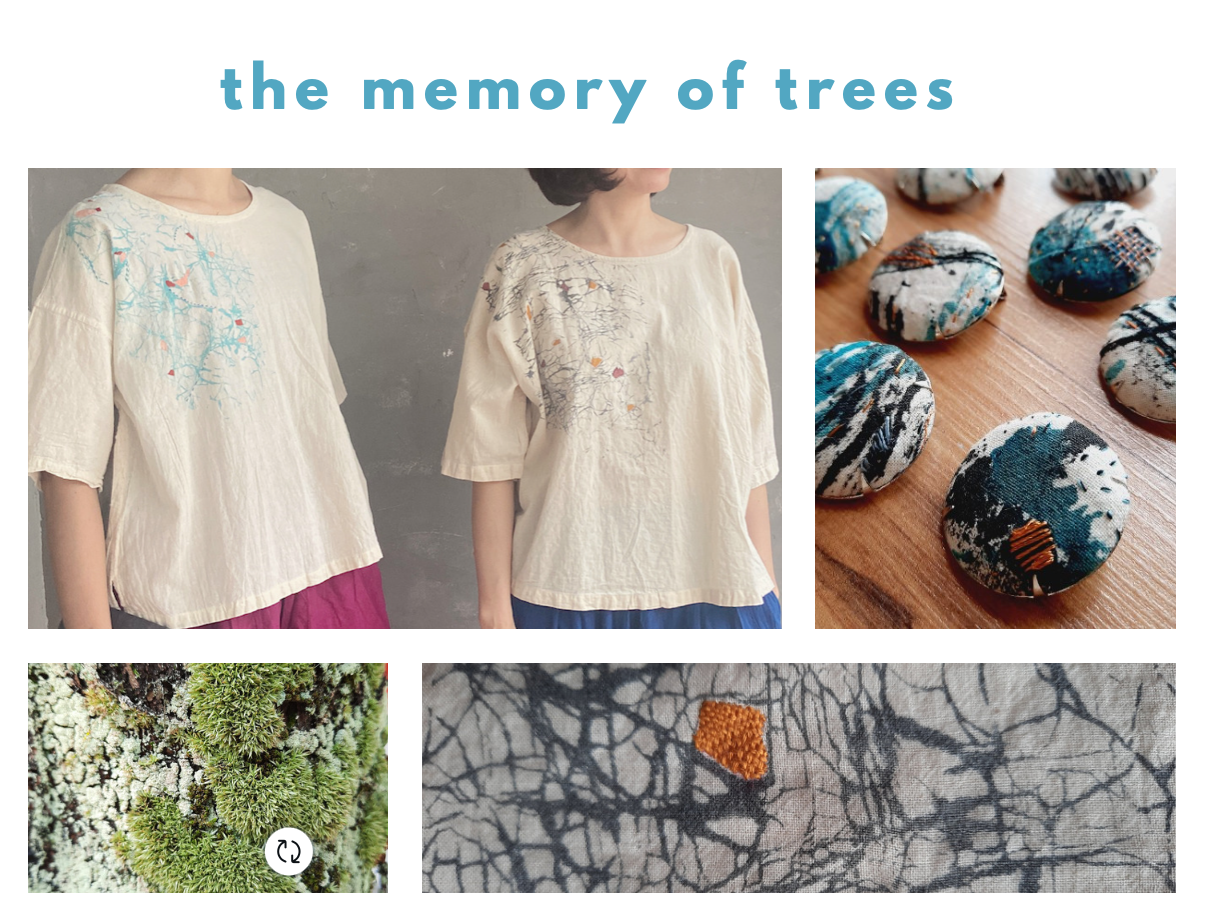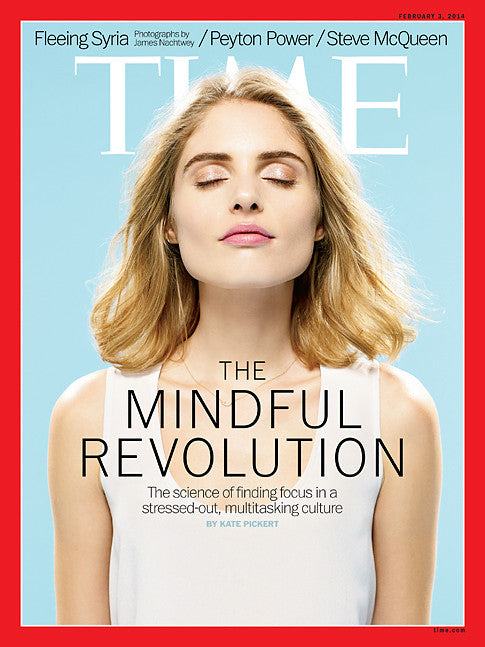Cloth and Clothing: Back to Basics


~ Source: Taiwan Panorama Issue: March 2016
The Zuo Commentary on the Spring and Autumn Annals states in its section on the tenth year (500BCE) of Duke Ding’s reign: “The Middle Kindom has the grandeur of rites and rituals, hence it is called Xia. It has the beauty of symbols and robes, hence it is called Hua.” In just a few words, the Zuo Commentary expresses the special place that the Chinese people hold in their hearts for clothing and accessories.
Today, textiles lover Cheng Hui-chung is seeking to resurrect what clothing originally meant to mankind way back when we first began wearing it. His simple hand-dyed garments of cotton and linen represent a stark departure from the ornate look of traditional clothing. What they present is a relaxed, understated attitude toward life that can also be found in the cultures of the Far East.
After driving for a stretch along the heavily trafficked Zhongshan Road Section 23 in New Taipei City’s Zhonghe District, we turn off onto a side lane and find ourselves in a Zen-like space that houses an atelier where fabrics are produced. The proprietor, Cheng Hui-chung, has been engaged in cloth production since his teens, and during his career has seen the Taiwan textile industry at the height of its prosperity. Over the years he’s become a consummate expert in every phase of fabric design and manufacture.
He has personally witnessed the leap by Taiwan’s textile industry from home-based piecework done by hand to mass production at big plants using high-speed machinery, and from natural to synthetic materials, al of which has gradually severed the tie between people and the natural environment. At some point, though, Cheng began to wonder about precisely what our ancestors sought in clothing at the dawn of civilization.
Such musings prompted Cheng 30 years ago to set himself the goal of creating a new brand that would get back to what humans originally had in mind when we first started to wear clothes.
The common good
Cheng uses loom speed, measured in “picks per minute” – the number of weft threads laid down each minute – to demarcate different phase in the evolution of textile production. Manual looms in early times operated at about 45ppm. Back then, the task of textile production was truly arduous. Later on, after humans learned to harness beasts, wind power, and steam engines, loom speeds rose to 150ppm. Manual and mechanized labor combined to make textile production quite a pleasant activity. Then the Industrial Revolution gave brith to mass production and loom speeds of over 800ppm. Machines came to determine the pace at which people worked. Many old ways of thinking faded away, and work in the textile industry became unpleasant.
Loom speeds later rose to 2,000 – 3,000 ppm. Taiwanese textile makers, following in the footsteps of the West, flourished for a good long time, but most of them eventually had to close up shop. Cheng, however, has created a mode of production that he hopes will put people back in charge of the process. “I’ve settled on 150 picks per minute as my ideal speed. At that speed, everybody works together in cooperation. Machines produce the cloth, while sewers work out of the home on a contract basis. When neighbors work together, you’ve got an ideal situation, where everyone seeks the common good. This is my guiding principle. Production is neither all manual nor completely mechanized. I’m hoping this will yield a sort of “gratitude-driven” economic model.
Spinner, weaver, designer
Cheng cuts his own cloth, does his own patternmaking, and sews by hand. He even weaves and dyes the cloth he uses.
Cheng feels that synthetic fabrics are the product of wartime demand, and that humans shouldn’t be enveloped 24 hours a day in clothing made of artificial material. But countless living things – the silkworms – are sacrificed in the making of silk, so he eventually decided to make his clothing from cotton and linen. These materials are less profitable, but they are more in line with the principles of environmental conservation.
“Cotton and flax aren’t grown in Taiwan, so I import them. I draw the designs and find an appropriate textile factory to spin and weave the cloth. I do the patternmaking and cloth cutting in my own atelier, and then farm out the sewing to people in the local area. This is a return to the ways of the past. Lots of older women have experience making clothes at home, so I hire out the sewing work to neighbors. It’s a symbolic arrangement. I don’t start the dyeing process until a piece of clothing is completed.”

Indigenous inspiration
Cheng also develops a lot of new fibers. A few years ago, for example, he developed a new type of geometrically patterned cloth. He got the idea from Motifs commonly used by Taiwan’s indigenous people. This cloth was used for costumes in the firming of Warriors of the Rainbow: Seediq Bale.
“On my visits to indigenous villages,” says Cheng, “I came to appreciate the larger cultural context surrounding the cloth they make. The indigenous people believe that in a loom-woven fabric, the warp threads are prepared by the deities, while the weft threads are created by humans.”
He especially likes a standard greeting used among indigenous people: “Are you breathing normally.” The thing Cheng cares about most is whether clothing on one’s body will allow a person to feel like he is breathing freely.
Environmentally friendly dyeing process
Colors are another special facet of fabrics made by Cheng. Walk into the dyeing room in his atelier and you will see cloth buttons, yarns, and skeins of fabric that have been hand-dyed in dozens of different colors. He himself designs the equipment he uses to dye fabrics, and is keen to reduce wastewater. “When dyeing fabric, I try to be environmentally friendly. I choose highly stable dyes, and use healthy methods to impart various colors. Colors reflect more than a person’s character; they are also a type of energy that modulates one’s personality.”
Cheng advises people with a heart-on –the-sleeve personality to wear blue or green to bolster their rational side. For those who are more reserved, he recommends yellow or orange: “These colors light up other people, and can make you more active and outgoing.”
“Zero carbon emissions” is a dearly held goal of Cheng’s. He says: “Making clothing is no different from cooking or building a house. First you choose your ingredients or materials, and then you decide your cooking or building methods. I want to get back to traditional methods, and this requires natural materials and healthy processing methods. Most textile makers use strong acids or alkalis for desizing, but Cheng uses traditional enzymes.
Understated and free
“Living Zen” is the basis of Cheng’s approach to clothing design. But unlike the traditional emphasis on a flashy look, Cheng wants to create things that are relaxed and understated.
When you put on a piece of Cheng’s clothing, your body feels utterly unrestricted. There’s ample breathing space between the body and the clothing, which affords a feeling of physical and emotional comfort at all times. All of his garments can be mixed and matched in many different ways, and they can also be worn together with other makers’ clothing and accessories.
A simple cotton rectangle can be used as a shirt. It can also be wrapped into an eye-catching waist tie or a stylish avant-garde head wrap. You can wear it in a casual distinct style, and you can also make a personal statement with it. Cheng has made the art of getting dressed an occasion for unlimited imagination and delight.
Performance art
Cheng feels that a person’s body is the most primitive theater there is, and that clothing is a kind of performance art. When he runs into someone capable of appreciating it, Cheng is more than happy to share his thoughts on the attitude toward life that accompanies his clothing, and even donates clothing he has made to performing arts group, thereby indirectly supporting their performance.
U-Theatre, the Taipei Chinese Orchestra, and Sun Son Theatre have all won Cheng’s clothing in their performances, and in recent years he has designed stage sets for performance troupes. “Designing sets and costumes helps me to better understand what a human body in motion needs, and to cut clothes in a way that better suits our movements, s that our bodies have more breathing space… Such things spur me to think harder about clothing.”
At Expo Milan 2015, volunteers in the Taiwan pavilion wore the traditional clothing of Taiwanese farmers, made in colors tat brought to mind the colors of the Italian national flag. This clothing, provided free of charge by Cheng, made a powerful visual impart that attracted coverage by the local media. “We used architecture, clothing, and cuisine,” says Cheng, “to show the world what Taiwan is about, and to demonstrate the hardy survivor spirit of our people.”

Wherever there is an opportunity to place Taiwan in the international spotlight, Cheng will certainly be out front in the effort. Says Cheng: “Clothing design embodies the lifestyles and culture of the Taiwanese people. I have chosen to understand everything in the process, from fiber to sales. That enables me to know about the entire life cycle of clothing. By continuing a traditional way of clothes making, I hope to make sure that the world becomes aware of this spirit.”



